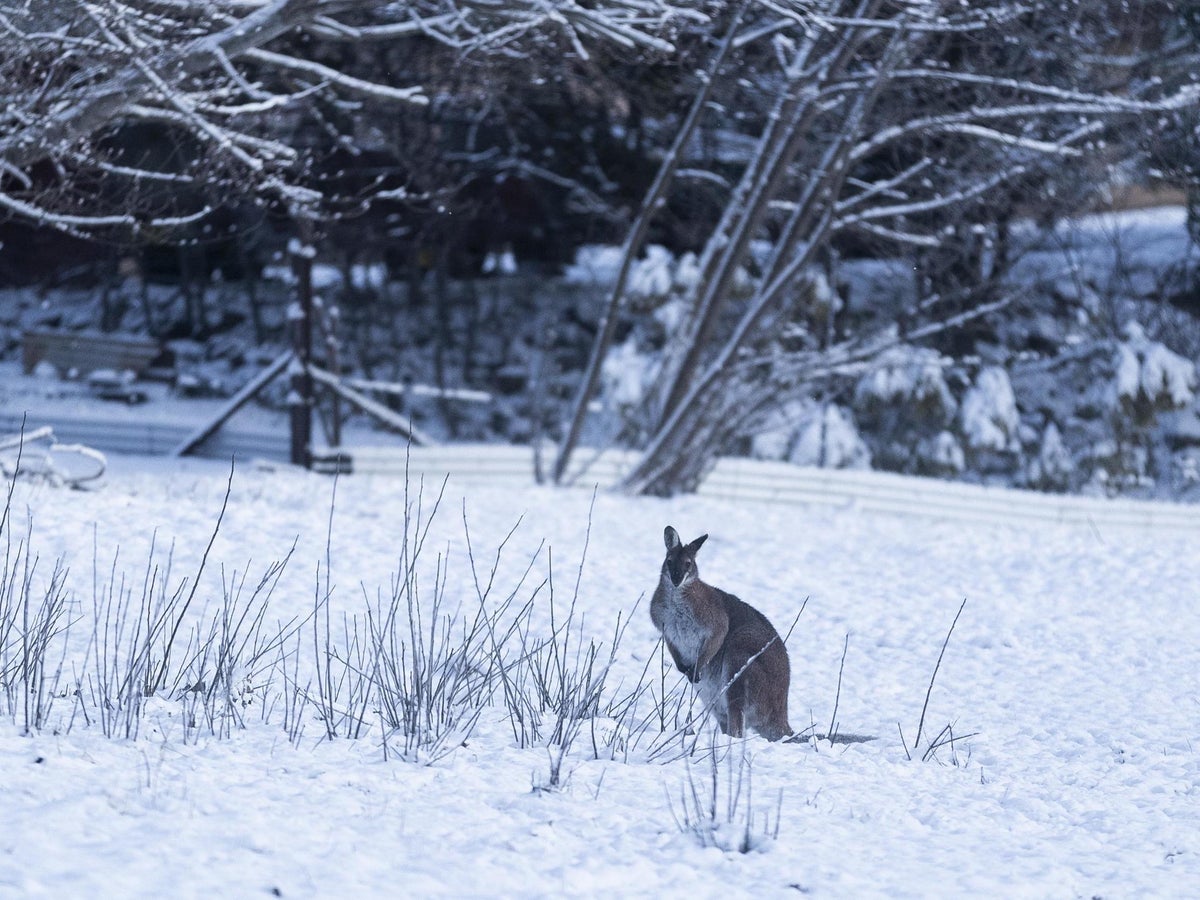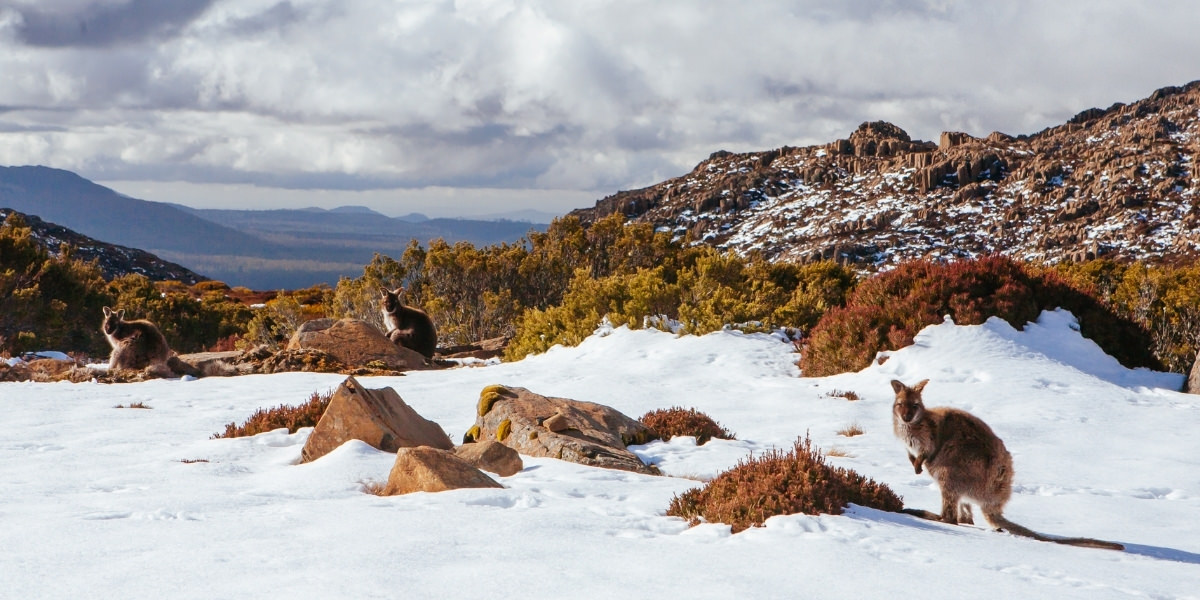Discover the Charm of Snow In Australia with Stunning Alpine Views and Popular Ski Resorts
Discover the Charm of Snow In Australia with Stunning Alpine Views and Popular Ski Resorts
Blog Article
Discover the Remarkable Results of Snow in Australia on Neighborhood Environments
Regardless of its track record for sun-soaked landscapes, Australia also flaunts regions buried by snow-- a phenomenon that profoundly affects the nation's one-of-a-kind ecosystems. The insulating properties of snows shield plants and animals among the coldest winters months, while the melting snow nurtures rivers and water life.
The Unforeseen Regions of Snowfall in Australia
Although Australia is usually connected with sandy beaches and sun-scorched landscapes, certain regions surprisingly experience snowfall. The high nation areas of New South Wales, Victoria, and Tasmania are specifically recognized for their winter season snow. The Snowy Hills in NSW, as an example, obtain bountiful seasonal snow, providing a plain comparison to the country's typical warm, arid environment. The Victorian Alps and components of Tasmania likewise see yearly snowfalls, changing the landscape right into a winter season paradise. These areas are not just anomalies but essential components of Australia's diverse environment system. The visibility of snow in these regions substantially affects neighborhood ecological communities, ultimately influencing the nation's special biodiversity. The details impact on Australia's distinctive flora will certainly be talked about in the following area.

Just How Snow Impacts Australia's One-of-a-kind Flora
These plants have evolved to make it through in extreme problems, with snow serving as a safety blanket from freezing temperature levels and harsh winds. The snow likewise adds to the wetness material of the dirt, offering required hydration for plant life during the dry summer season months. In significance, the snow influences the timing of flowering and seed dispersal, the development prices, and the survival of lots of plant species, showcasing the elaborate interplay between climate and vegetation in Australia.

The Adjustments of Australian Animal to Snowfall
Equally as Australia's plants has actually adapted to the wintery problems, the regional animals as well, display remarkable adjustments to the snowfall. Species like the Hill Pygmy-possum, the only Australian marsupial understood to hibernate, have developed methods to endure in snowy settings. It uses the snow as insulation, hibernating in rock crevices beneath the snow to remain cozy. The Snow Skink, a species of reptile, changes its colour to white throughout wintertime, offering camouflage versus predators. Birds such as the Snowy Hills' Crimson Rosella likewise change their diets to take in available food resources during chillier periods. Hence, in spite of the harsh conditions, Australian animals shows a durable and adaptive nature, guaranteeing their survival in regions experiencing snowfall.
The Duty of Snow fit Local Communities
Fit the neighborhood ecological communities, the function of snow helpful resources in Australia is both multilayered and extensive. It influences the distribution of vegetation and animals, mainly specifying the biodiversity of towering and sub-alpine areas. Snow offers an important water resource, feeding rivers and reservoirs as it melts, thus sustaining a range of marine life forms. Furthermore, snow acts as an insulator, securing ground-dwelling microorganisms from extreme cold. Similarly, it plays a substantial role in dirt formation and nutrient biking. The regular freezing and thawing of soil induced by snowfall promotes the break down of rocks, boosting dirt fertility. As a result, the presence of snow shapes the plant life patterns, animal actions, and total sustainability of Australia's unique ecosystems. Snow In Australia.

The Future of Snowfall in Australia: Ramifications and forecasts

Offered the critical function snow plays in shaping neighborhood ecological communities, the future of snowfall in Australia is attracting raising interest from researchers and conservationists. Less snow can result in reduced water schedule in towering areas, adversely hop over to these guys influencing wildlife habitats and plant life. The tourism industry, heavily dependent on the wintertime snow season, might likewise encounter significant obstacles.
Conclusion
The role of snow in Australia's environments is pivotal yet often ignored. It acts as a protector, a nurturer, and a shaper of varied alpine types, adding to the richness of Australia's high country. As climatic patterns remain to change, understanding the implications and prospective makeovers of these snow-influenced ecosystems is vital. Therefore, the snow in Australia is greater than a natural spectacle; it's an essential player in the country's ecological story.
Regardless of its reputation for sun-soaked landscapes, Australia additionally flaunts regions buried by snow-- a sensation that profoundly influences the nation's special communities. It utilizes the snow as insulation, hibernating in rock crevices beneath the snow to remain cozy - Does It Snow In Australia.In shaping the neighborhood ecological communities, the role of snow in more info here Australia is both multilayered and profound. The existence of snow shapes the plant life patterns, pet habits, and general sustainability of Australia's distinct ecological communities
Offered the essential function snow plays in forming regional ecosystems, the future of snowfall in Australia is attracting enhancing focus from researchers and environmentalists.
Report this page